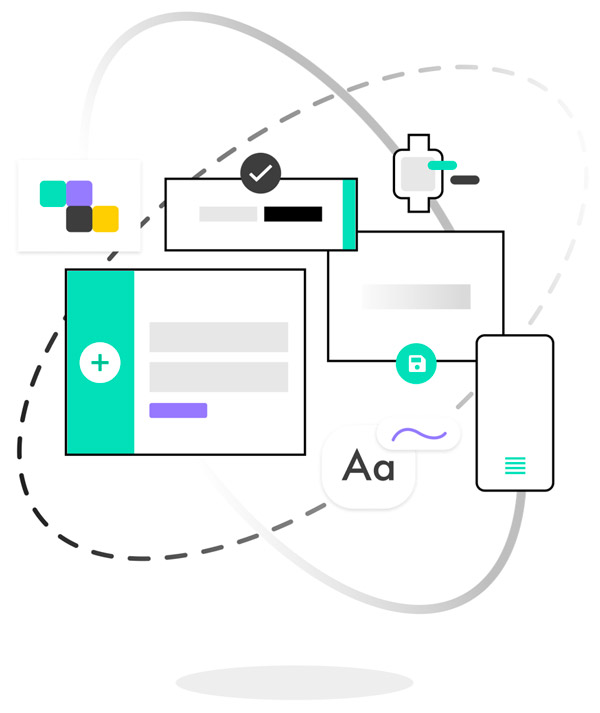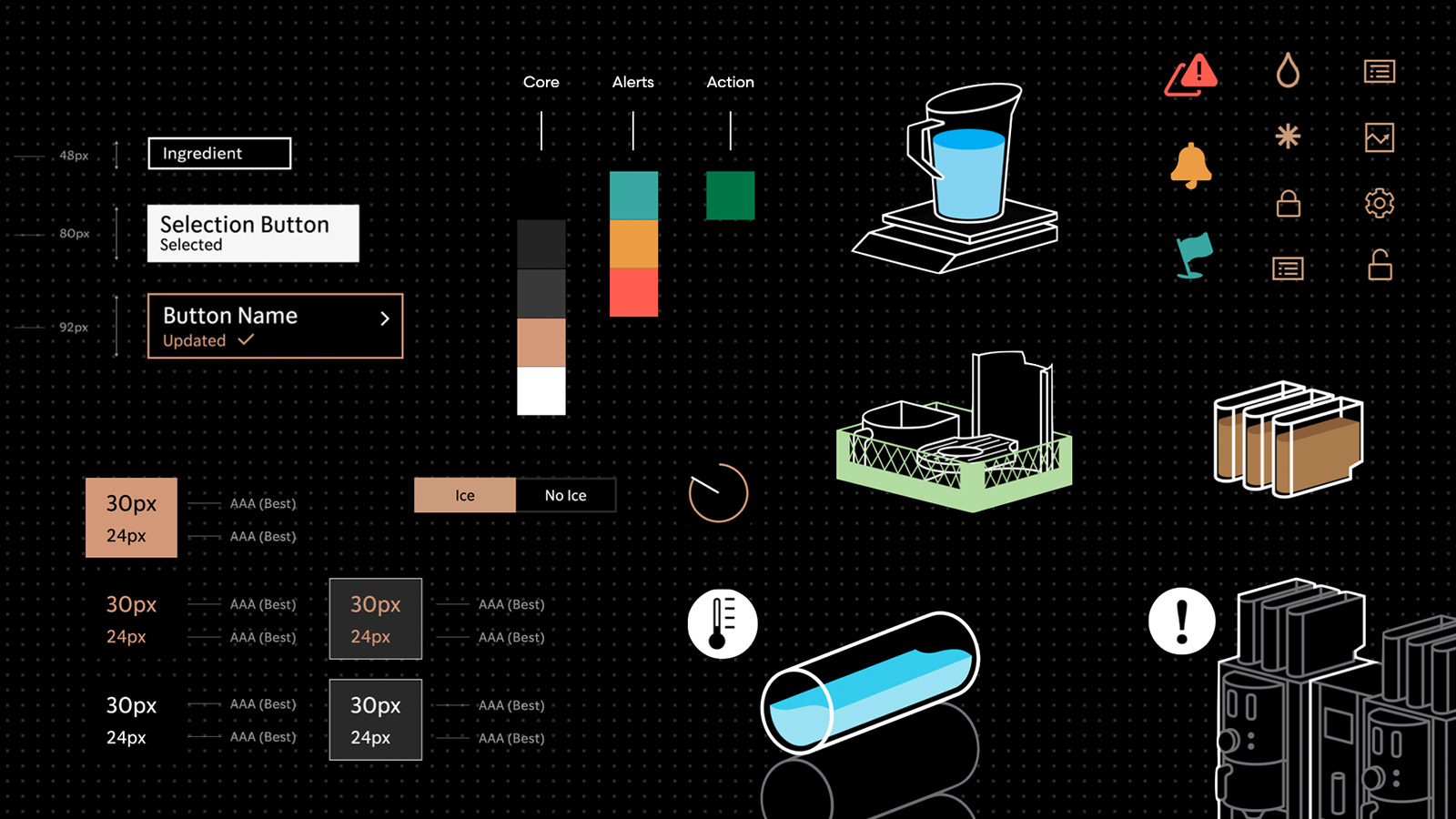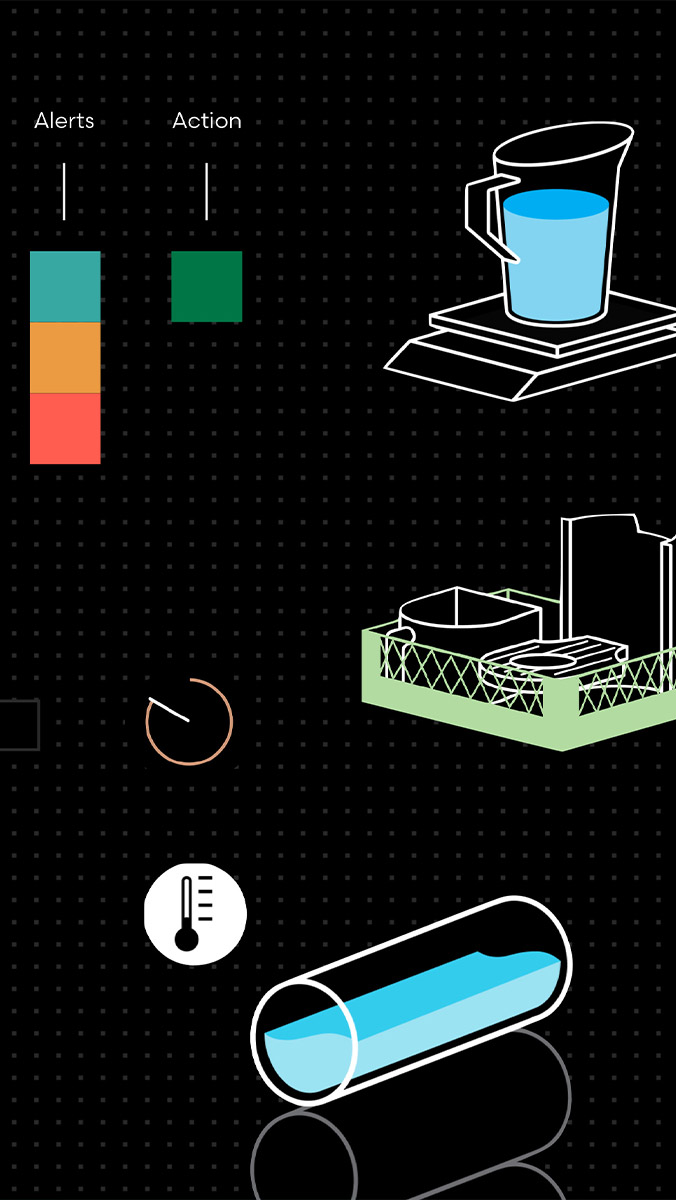Delivering design excellence at scale
As the scale, velocity, and complexity of business continue to escalate, so do the problems that product designers are being asked to address.
Systems thinking offers a holistic approach for examining complex problems, which often involves moving from a reactive state—jumping on issues as they come up—to a more proactive scenario involving consideration for the interconnected elements of a system.
This shift helps designers identify the component parts of a system, understand how they interact with each other, and recognize how changes in one part of the system can affect the entire product experience. Ultimately helping tackle more complex problems while establishing the foundational building blocks for a design system.
Understanding Design Systems
Design systems are the practical design application of systems thinking. They include a collection of reusable components, guidelines, and resources that help designers and developers create consistent, cohesive, and scalable product solutions.
A design system defines the visual and functional elements of a cohesive product experience, including basic building blocks such as common components and repeatable patterns, as well as the rules and best practices for using those elements.
When assembled, the various design elements establish a consistent foundation from which designers and developers can continue to build product solutions confidently.
The design system offers the flexibility and fortitude to adapt and grow based on changing needs of the business, whether diving deep to explore the interconnectedness of a single product experience or delivering a family of connected product solutions or brand touchpoints.
Design Systems and Systems Thinking in Action
The relationship between systems thinking and design systems lies in their shared focus on understanding interconnectivity and managing complexity. Both recognize that a product or system is more than the sum of its parts, and that the interactions among those parts are crucial to its success.

Systems thinking can help designers and developers create better design systems by providing a framework for understanding how individual components fit into the larger product ecosystem, and how changes to one component can impact (positively or negatively) the entire system.
In turn, design systems help designers apply systems thinking through the creation of a clear and consistent set of guidelines and rules for how individual components work together. By defining the relationships among different parts of a product experience, design systems help designers and developers proactively identify potential problems and opportunities for improvement.
Teams that leverage a systems-oriented design approach make more informed decisions about how to build and maintain product solutions. So rather than getting bogged down in the minutia of every little design decision, they can accelerate the pace of product development and innovation. Helping companies make effective products that are more flexible, efficient, and scalable.
Delivering a Connected Experience
As UX Director at Tactile, I rely on a systems thinking approach across most of our design projects to help tackle problems holistically so unforeseen issues don’t lead to critical user experience problems.
A good example of this is the Starbucks Pro Equipment Design System, which helped normalize and improve the digital UI experience across a broad set of behind-the-counter equipment—allowing Starbucks Partners (i.e., employees) to seamlessly work across disparate devices no matter their level of experience or expertise. In the end, ensuring that everyone who uses these devices feels confident and empowered in their work.
The foundation of the Starbucks Pro design system is constructed from basic building blocks—common UX components—found throughout the equipment ecosystem. When arranged together, these components create powerful UX patterns that are extensible across the entire device suite, ensuring that each function and feature feels familiar and connected as a whole.
This standardization of components and patterns also provides Starbucks product development teams and 3rd party partners with a powerful toolkit to build equipment more quickly, efficiently, and predictably.
Creating Order in your Design Workflow
Design Systems bring a sense of order and opportunity to all aspects of the product design process. They allow designers to keep the big picture in view while tackling immediate problems at hand, while empowering product companies and teams to optimize workflow and improve output.
This systematic approach for looking at connected product experiences rather than focusing on individual problems or parts helps teams identify key influencing factors and interactions that contribute to an improved experience at scale.
When used in tandem, systems thinking and design systems offer an organized approach to meet the many demands of rapidly changing product requirements and user needs, allowing teams to stay nimble but consistent in the face of any challenge.

